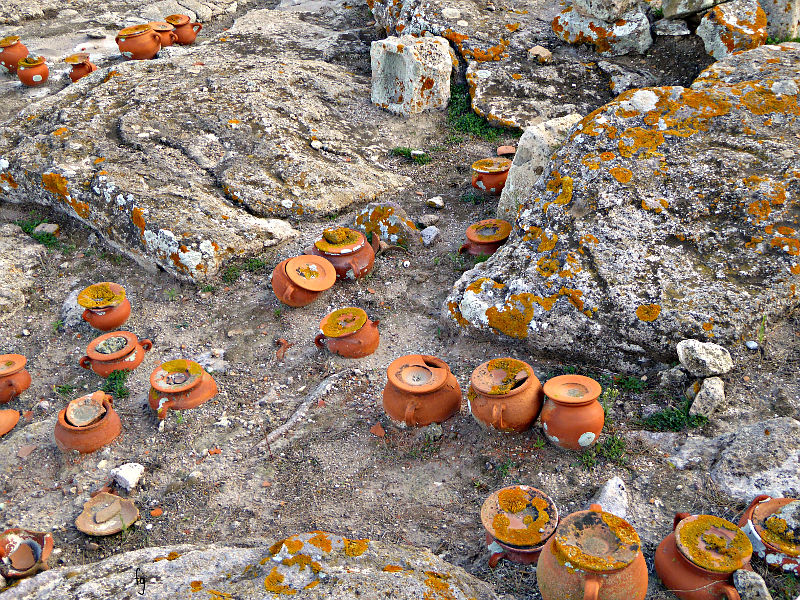 borgo-italiaspecial report |


|
|
| Sant´ Antioco and its wonders (Sant´ Antioco (CI) - Sardegna) |
| text by: borgo-italia [only desktop] - photo by: Francesca Giona |



































Il mio sito utilizza cookie di terze parti. Se vuoi saperne di piu', leggi qui. Per utilizzare i servizi č necessario acconsentire all'utilizzo.
 borgo-italiaspecial report |


|
|
| Sant´ Antioco and its wonders (Sant´ Antioco (CI) - Sardegna) |
| text by: borgo-italia [only desktop] - photo by: Francesca Giona |






































|
|
||||||||||||||||||||||||||||||||||||||||
Sant´ Antioco and its wonders |
||||||||||||||||||||||||||||||||||||||||
|
Francesca sees us from the dawning of civilization to these days, passing from the Tophet and the hypogeal village to the Savoy fortress. Francesca says: “Sant' Antioco is intrinsically bound to the underground and to the archeological wonders which characterized its development starting from the ancient Phoenician Sulci. |
||||||||||||||||||||||||||||||||||||||||
|
||||||||||||||||||||||||||||||||||||||||
|
Some notes: The Tophet: The hypogeal village: The Savoy fortress: For more info: Thank to our friend Francesca for the beautiful photographs |
||||||||||||||||||||||||||||||||||||||||
|
text by: borgo-italia [only desktop] photo by: Francesca Giona Sardegna 3 - release date: 2017-01-03 |
||||||||||||||||||||||||||||||||||||||||